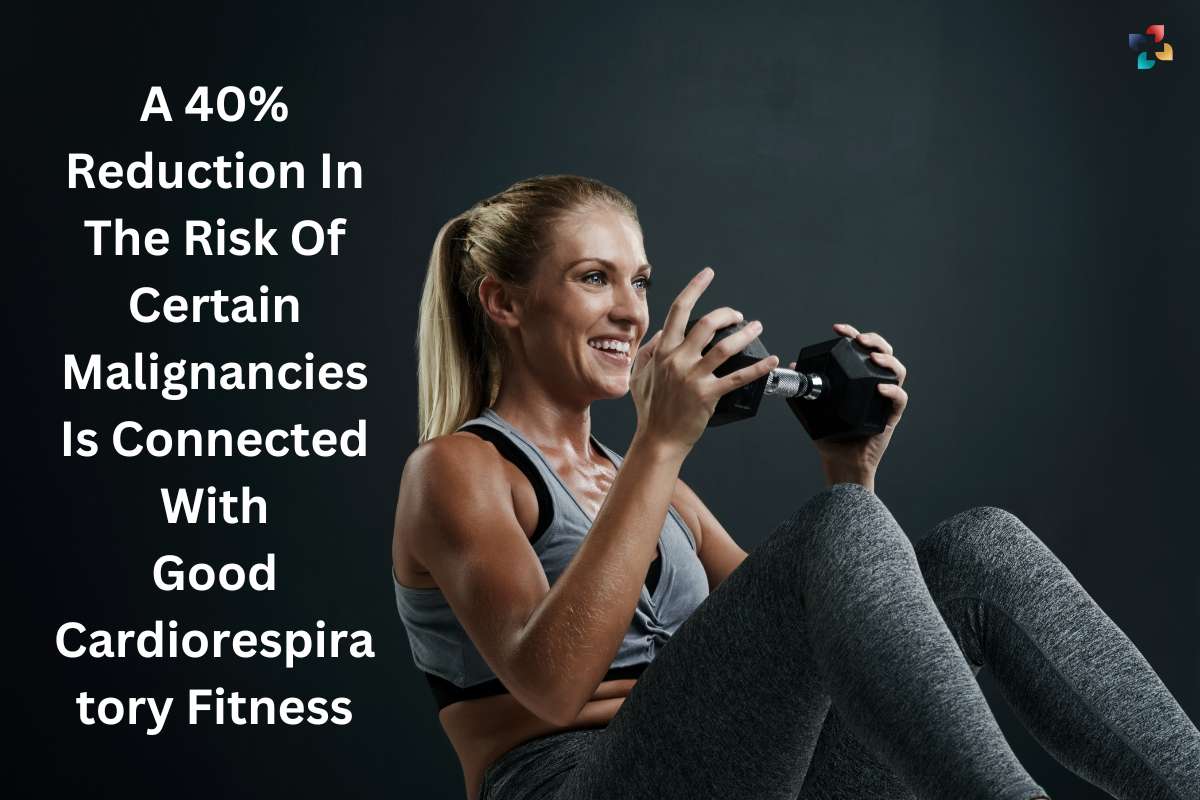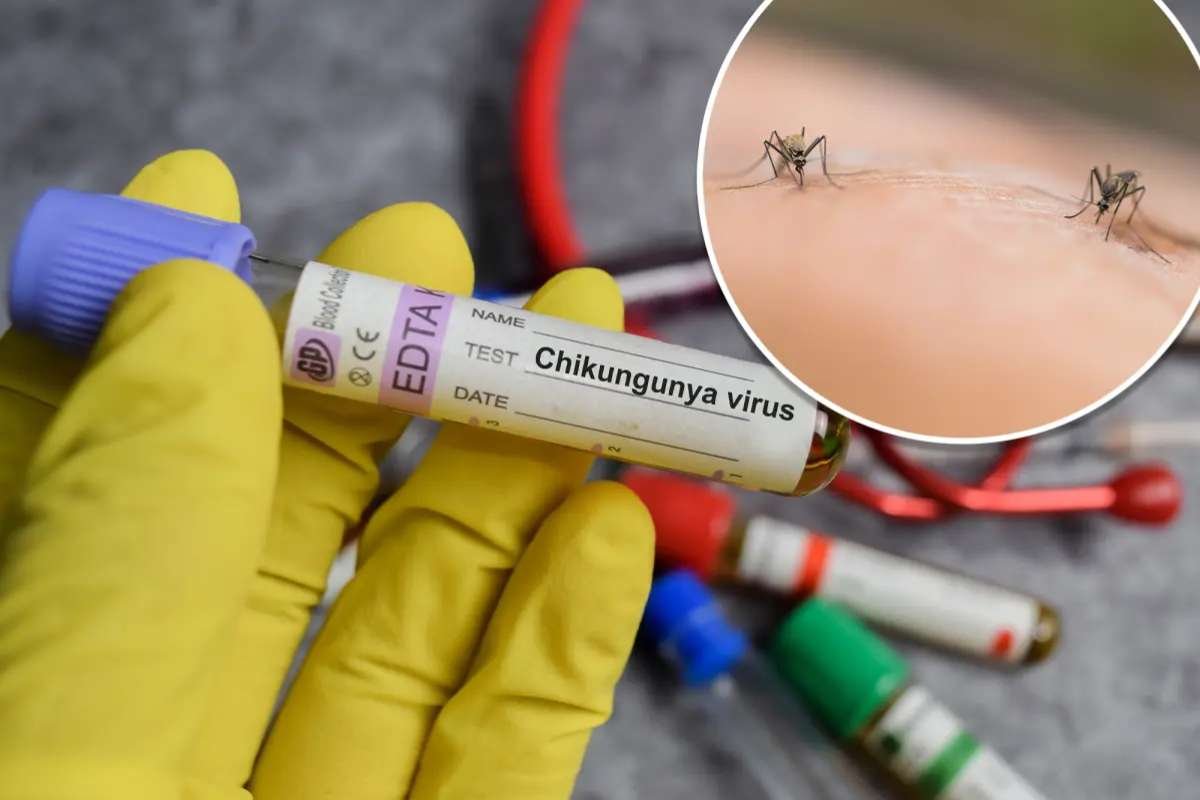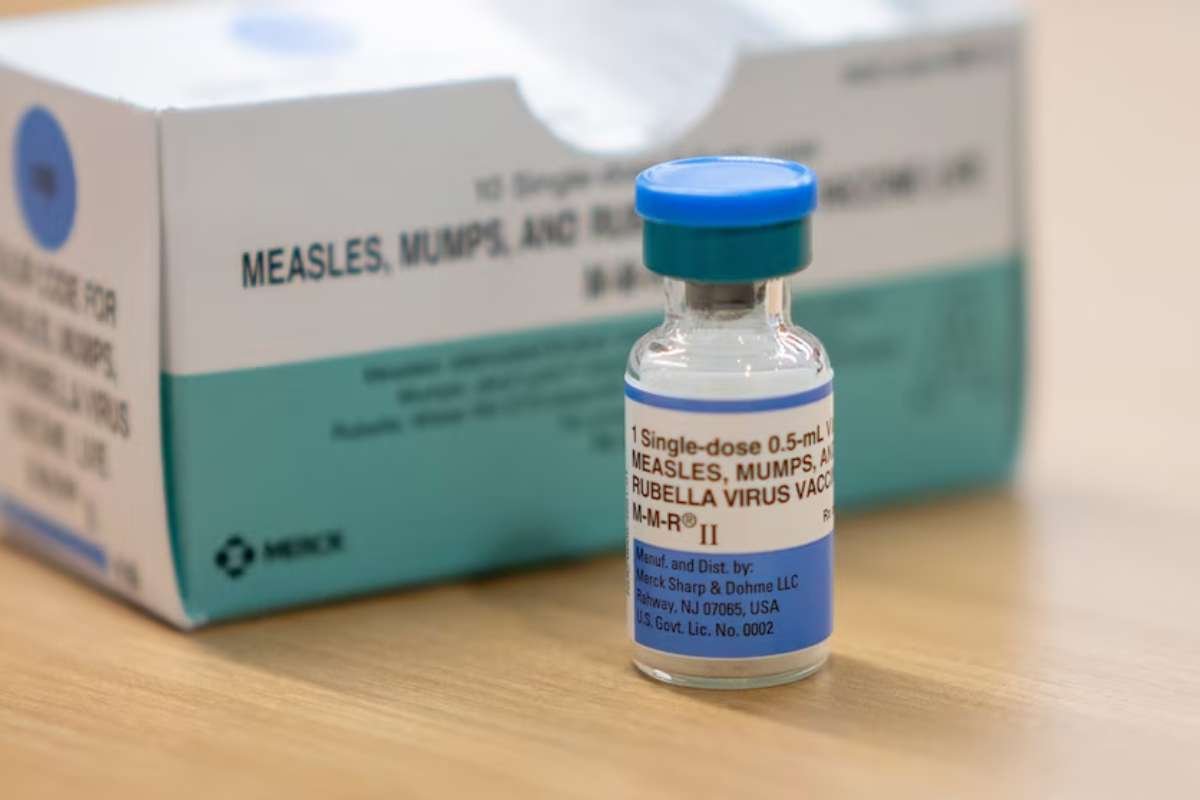Nine different cancers have a decreased risk factor due to cardiorespiratory fitness. New research came to that conclusion, and it was published in the British Journal of Sports Medicine today. Researchers found that, at least for males, having good vascular health as a young adult can lower the risk of developing various cancers later in life by 40%.
Cancers of the head and neck, stomach, oesophagus, lungs, liver, pancreas, kidney, and colon all showed a connection to a lower risk. The ability to perform aerobic exercise for extended periods, such as running, cycling, and swimming, or even to climb stairs, was the researchers’ definition of cardiorespiratory fitness. Exercise has been associated with lower cancer risks in prior studies, but there haven’t been many significant, long-term investigations of numerous malignancies.
Information from the exercise and cancer study
More than 1 million conscripts who began their military duty between 1968 and 2005 had their background information, medical diagnoses, and deaths recorded in connected Swedish registry data up to the end of 2019.
When the subjects were between the ages of 16 and 25, they started serving. Their height, weight, blood pressure, muscular strength, and cardiorespiratory fitness were all measured as part of a regular battery of evaluations.
The study examined 365,874 conscripts with low cardiorespiratory fitness, 519,652 with intermediate fitness, and 340,952 with high fitness. The researchers found that compared to conscripts with greater fitness levels, those assessed to have inferior cardiorespiratory fitness were somewhat more likely to be fat, more likely to struggle with alcohol and drug abuse, and slightly more likely to have parents with lower educational attainment.
Cancer risk is connected by researchers to cardiorespiratory fitness.
According to the final study of 1,078,000 men, 84,117 (7%) later had cancer in at least one body part during the course of an average monitoring period of 33 years. Higher cardiorespiratory fitness was linearly associated with a decreased chance of getting particular forms of cancer in comparison to males who were less fit at conscription.
A higher level of cardiovascular fitness was linked to:
- Rectal cancer risk is cut by 5%.
- Decreased risk of pancreatic cancer by 12%
- Bowel cancer risk is reduced by 18%.
- Risk of head and neck cancer is reduced by 19%.
- Kidney cancer risk is 20% lower.
- Stomach cancer risk is reduced by 21%.
- Reduced risk of food pipe cancer by 39%
- Liver cancer risk is reduced by 40%.
- Lung cancer risk is 42% lower.
Greater cardiorespiratory fitness was also linked to a 7% greater risk of prostate cancer and a 31% higher risk of skin cancer, according to research. Prostate cancer screening and sun exposure, according to the authors, could explain these results.
Since it is an observational study, the research team explained, no definitive conclusions about cause and effect can be made. Additionally, they acknowledged that other potentially significant lifestyle risk factors, such as food, alcohol consumption, and smoking, lacked complete data. They were also unable to collect any participant genetic data or monitor any changes in cardiorespiratory fitness over time.
How exercise can reduce the risk of cancer
The American Society of Clinical Oncology’s recommendations for exercise during cancer treatment do, according to the researchers, take into account their findings. At the Providence Saint John’s Health Centre in California’s Saint John’s Cancer Institute, Dr. Anton Bilchik is the chief of medicine, director of the Gastrointestinal and Hepatobiliary Programme, and a surgical oncologist.
Health Benefits Of Cardiorespiratory Fitness Training
According to Bilchik of Medical News Today, the study’s findings may demonstrate that preventing cancer may involve both maintaining a healthy body and, in particular, how cardiovascular activity might aid in the battle against cancer.
Cardiovascular exercise has been demonstrated to boost the immune system and cause an anti-inflammatory response, which lowers the risk of developing cancer and cardiovascular disease, according to Bilchik. Other than exercise, a number of factors, such as nutrition, lifestyle, alcohol use, smoking, and family history, are linked to a lower risk of developing cancer. Regular eating of red meat and processed foods is more frequently linked to colorectal cancer, whereas smoking is more frequently linked to lung cancer.
According to Medical News Today, the advantages of exercise are not related to body weight, according to Dr. Melinda Irwin, co-director of the Yale Cancer Center’s Cancer Prevention and Control Research Programme.
“CRF (cardiorespiratory fitness) has direct benefits for cancer prevention, e.g., improved metabolic, inflammatory, and immune function that likely mediate the association between CRF and cancer risk,” stated Irwin. “This study found that a higher CRF was associated with lower cancer risk, while statistically controlling for BMI.”
“Moderate and vigorous intensity exercise is necessary to increase CRF,” she continued. “Randomised trials have shown that 2.5 hours per week of brisk walking, which is a form of moderate-intensity exercise, can increase CRF by 5 to 10%, with vigorous-intensity exercise (like jogging) raising it even higher.”
Previous activity may also be a factor in cancer risks, according to Dr. Briana CostelloTrusted Source, an interventional and general cardiologist at the Texas Heart Institute Centre for Cardiovascular Care.
What came first, the chicken or the egg? That be the question, according to Costello, speaking to Medical News Today. “Those with underlying lung conditions, higher baseline risk of lung cancer, and decreased lung capacity may have worked out less.” Costello pointed out that exercising outside could account for the greater prevalence of skin cancer in people with better cardiovascular health.
He said, “I imagine sunlight exposure can explain the skin cancer.” Further research is required since “these studies do not allow us to draw conclusions about causality.” Dr. Vicken Zeitjian, a Los Angeles interventional cardiologist, told Medical News Today that the higher rates of prostate cancer might be a “outlier.”
How much activity is too much?
Zeitjian concurred that the research demonstrates the value of exercise in preventing cancer.
“Everyone should try to exercise with a gradual increase in duration and intensity,” Zeitjian advised. “The American Heart Association recommendsTrusted Source 30 minutes of moderate intensity exercise at least 5 days per week, and I encourage all my patients to build up to that.”
“I often hear excuses like “I don’t have time” or “Gym memberships are too expensive” for not exercising. Typically, I react by clarifying that body weight workouts, jogging around the neighbourhood, push-ups, sit-ups, and plyometrics can all suffice, Zeitjian added. “Those are the exercises I usually do.”







